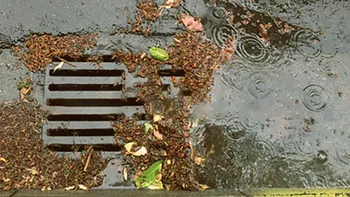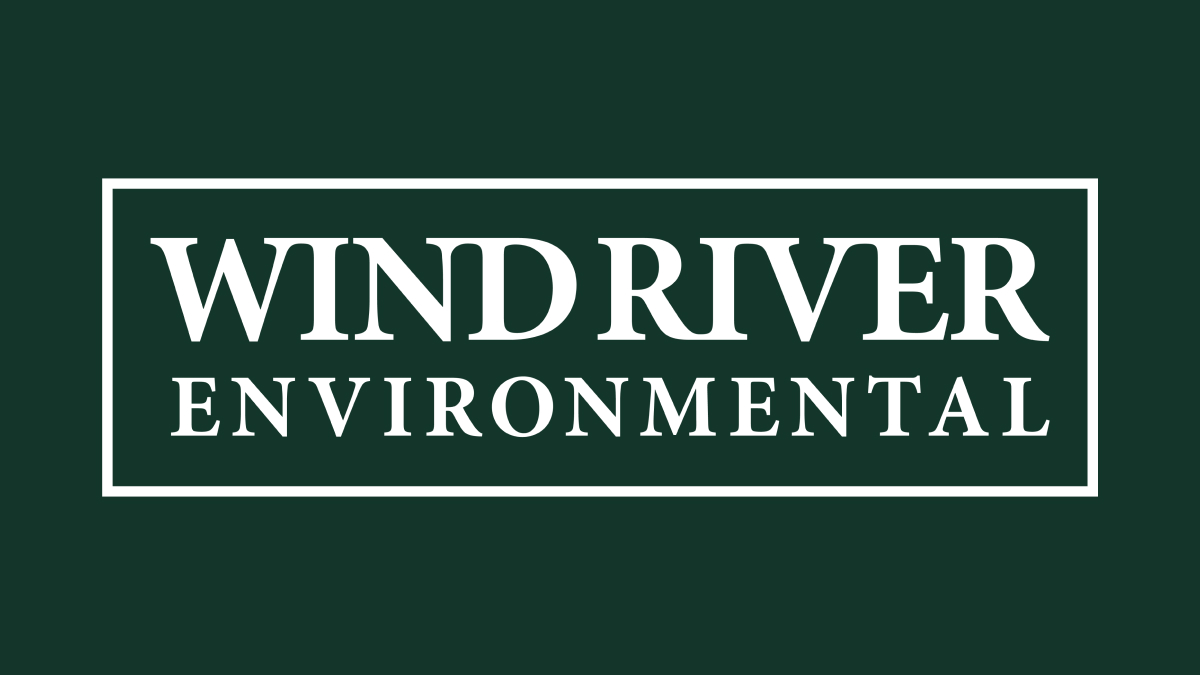What are Catch Basins?
Catch basins are stormwater inlets that have a specific function. Their purpose is to filter out debris such a leaves, trash, and dirt. Catch basins can be located anywhere on the property grounds, but are typically placed next to street curbs, in parking lots, or in the rear yards of commercial and industrial buildings. It is incredibly important to properly maintain your catch basins in order to prevent stormwater blockages. Catch basins also significantly reduce the amount of pollutants that enter into the storm drains.
The storm drains typically discharge the stormwater into detention basins or directly into streams. When catch basins become clogged, it can cause water to pool along streets, yards, and parking lots. This type of flooding can be an annoyance to both businesses and motorists alike. However, in a worse case scenario situation, the pools of water will increase to the point that they completely flood the surrounding area. A plethora of business owners are actually unaware that they are responsible for maintaining all catch basins that are located on their property.
How Does a Catch Basin Work?
Catch basins use a grate to filter out large debris while also collecting water in an underground tank. This water then redirects to another reservoir, sump, or municipal water treatment service. These concrete catch basins will have an inlet and outlet pipe. When the water in the basin reaches a certain level, it will travel down the outlet pipe to a new and more suitable location.
Catch basins are covered with a heavy, metal grate to keep out large debris. Most debris that falls into the catch basin consists of sticks and leaves, however, sometimes trash can collect inside the catch basin as well. So, you need to be careful with how you dispose of things on your property to maintain a healthy catch basin.
How to Maintain Your Catch Basin :
It is crucial that every facility from the smallest of operations to the largest understands the importance of catch basin cleaning, maintenance, and repair. You will notice all types of different debris that are collected within the catch basin. A backup can be caused by twigs, leaves, grass, solid/foreign materials, and sand which accumulates over time. The catch basin is doing what it was designed for by isolating the materials in one spot. These items are removed with a catch basin cleaning and disposed of properly according to waste regulations.
Understanding why a catch basin backup is happening will help you address the situation. A storm drain backup is an accumulation cause by stoppage in the water flow. Something in the system is preventing the water from continuing down the path, so it is re-routed back in the reverse direction instead of its normal course. This can be cased by a clog in the drain or a broken pipe. If left untreated or not treated properly, this could turn into an emergency situation.
It is also important to never dispose of hazardous materials down the storm drain which can hurt the environment. An extra benefit from properly maintaining the catch basin is to help protect from water runoff.
Who is responsible for maintaining a catch basin?
The county is responsible for maintaining the catch basin located on public property. However, if your catch basin system is on a property owned by a separate entity, then they are in charge of its maintenance. There are also some private systems that are the responsibility of the private property owners to maintain as well.
How can you help with catch basin maintenance?
By following a few simple guidelines, the general public and local residents can help ensure catch basins in their communities function properly. This includes :
- Clean up any grass clippings, leaves, dirt, or fertilizer left on driveways and sidewalks after performing yard work. Hosing or blowing these materials into the street ends up in the catch basin and eventually into local waterways.
- Don't dump chemicals, motor oil, pet waste, empty bottles or cans, soapy water, or other liquids or solids down a catch basin.
- Contact your public works department if you notice standing water near a catch basin after rainfall, or if you notice a clogged or damaged catch basin.
How Often Should You Have Your Catch Basins Cleaned?
A good rule of thumb is to have your catch basins cleaned at least once a year. However, if you own or operate a business that dumps water and debris into the catch basin on a regular basis, you should have them cleaned more frequently.
Hire a Professional for All Your Catch Basin Needs :
Cleaning, maintaining, and repairing your catch basin in the correct manner requires the proper training, experience, and equipment. It should not be attempted by a non-expert. Although hiring a professional catch basin service does cost money, it will end up saving you a significant amount of money, time, and aggravation in the long run.
When you hire out team at Wind River Environmental for your catch basin needs, you can expect highly skilled and knowledgeable technicians who will quickly complete whatever service your catch basin requires. Our company is committed to being honest, dependable, and providing quality service to all our customers. We use state-of-the-art equipment that will help identify problem areas quickly and our experts will give you a thorough breakdown of what needs to be done to keep your catch basin working properly.
If you are in need of our services, please reach out to us, and one of our catch basin technicians would be happy to assist you.



